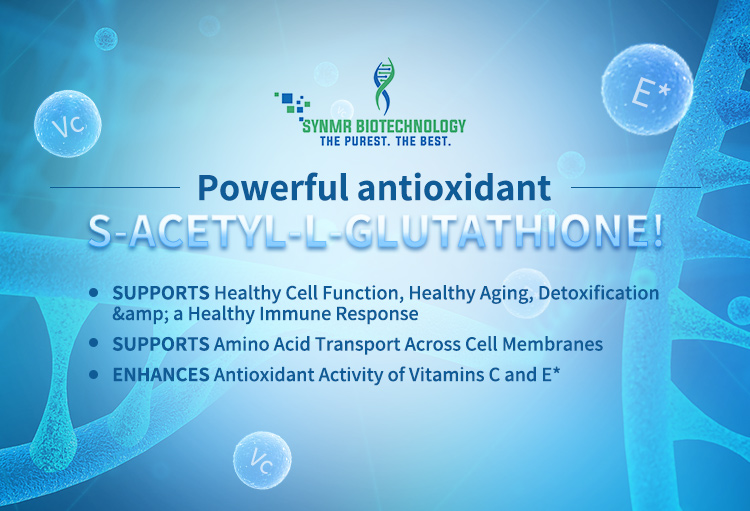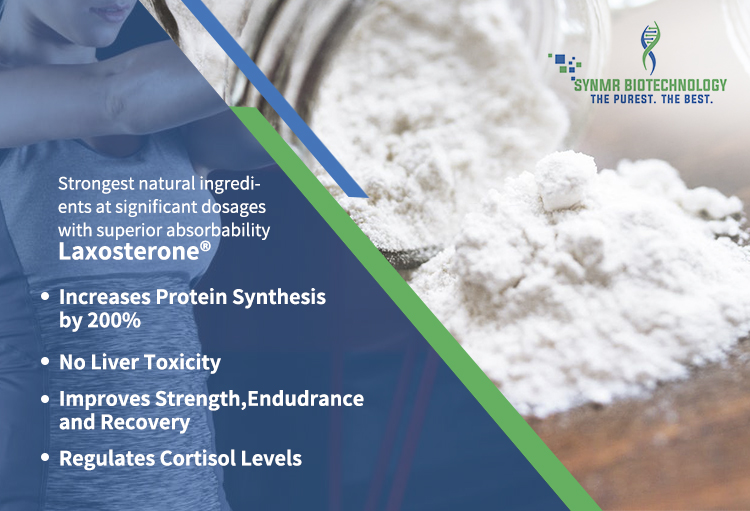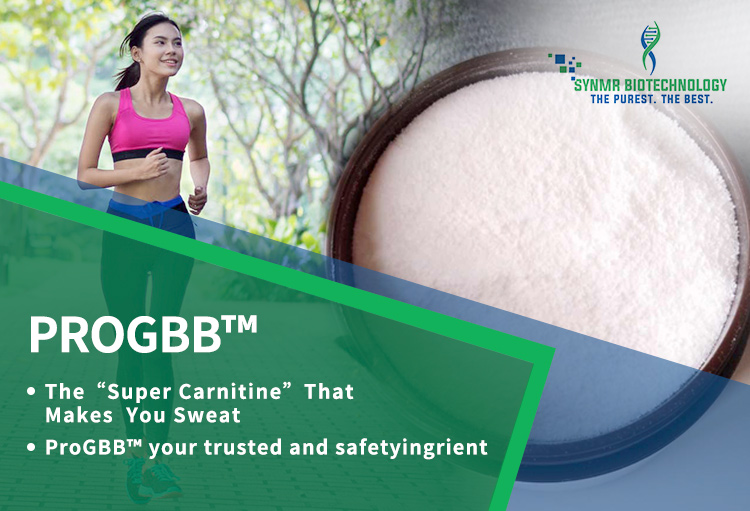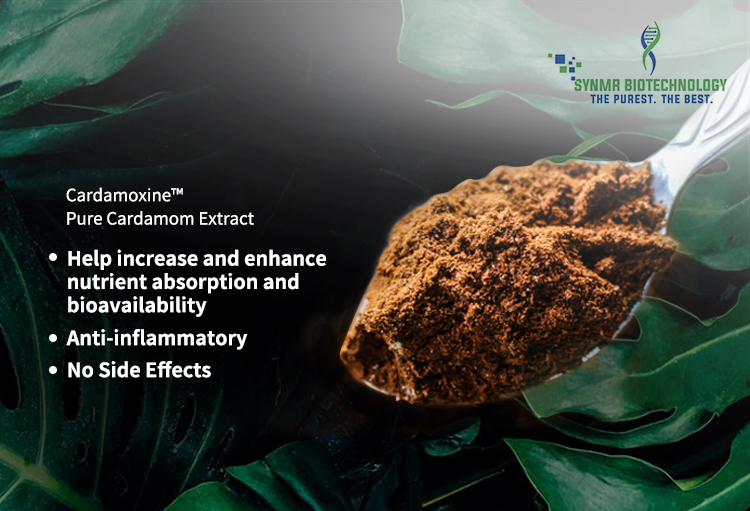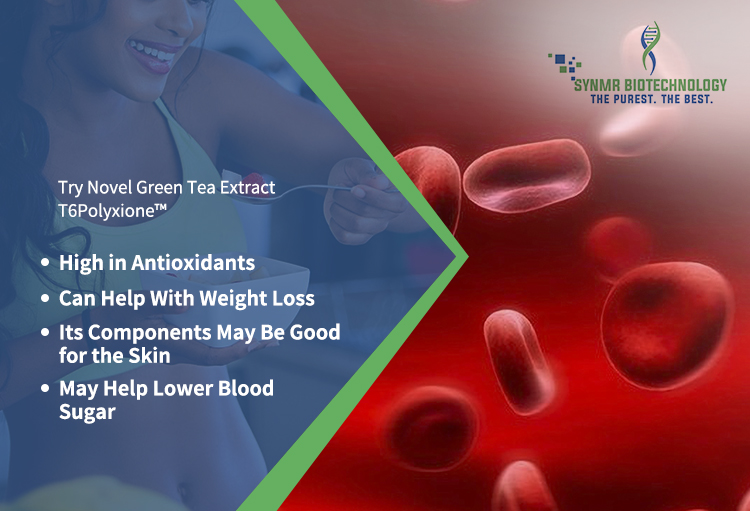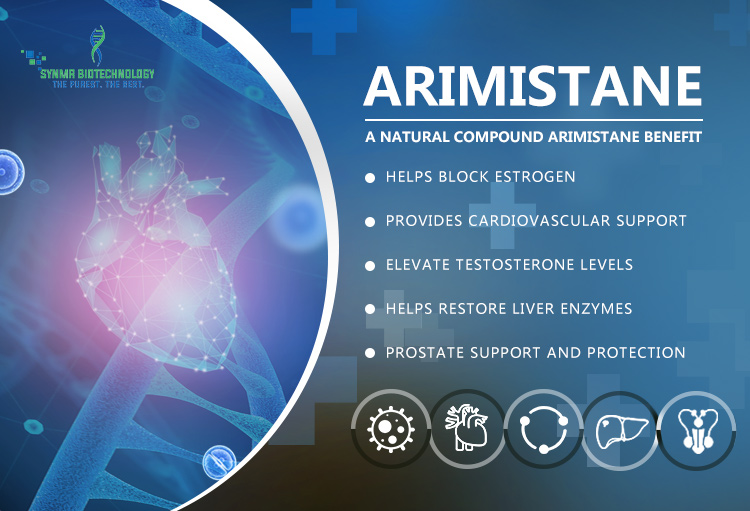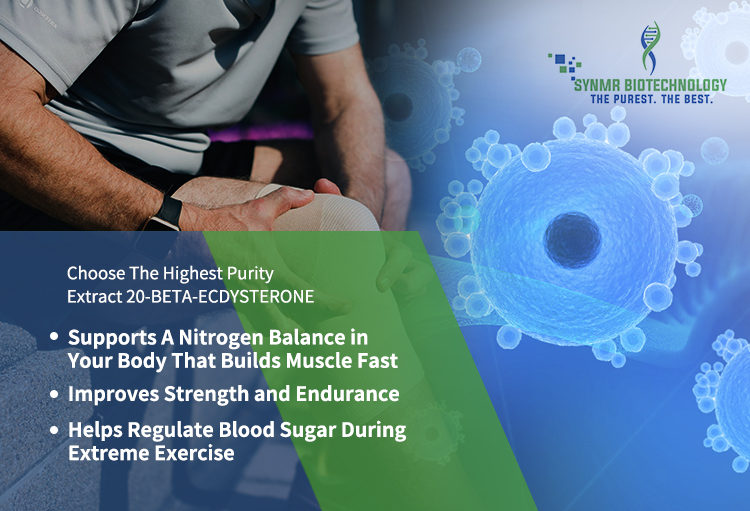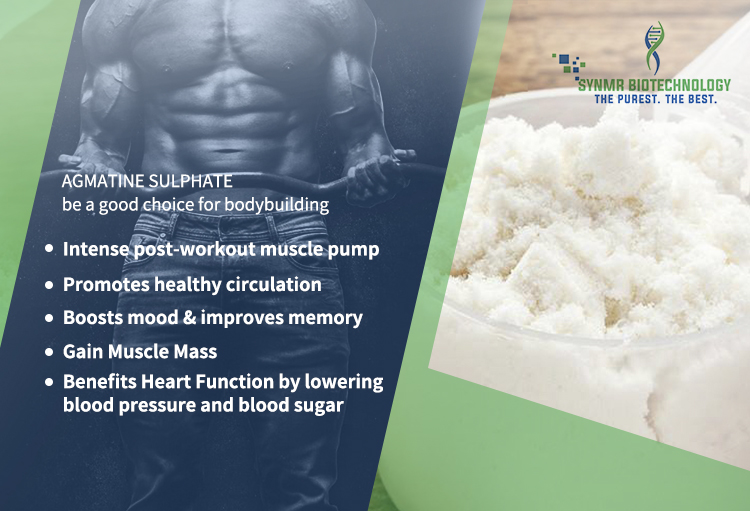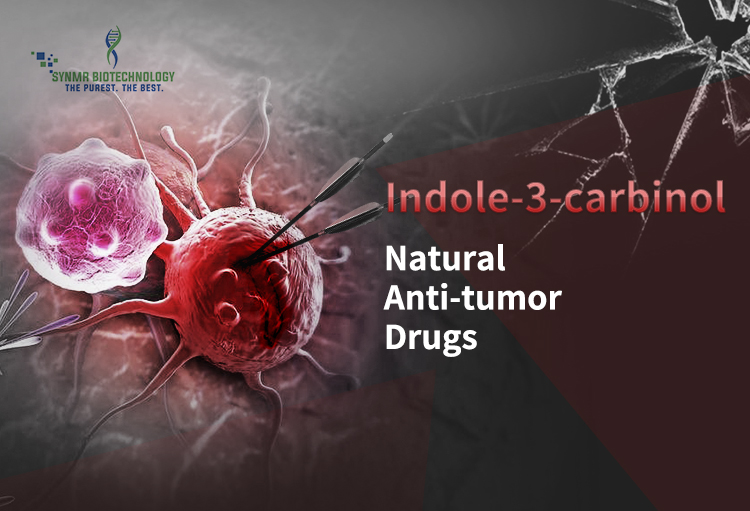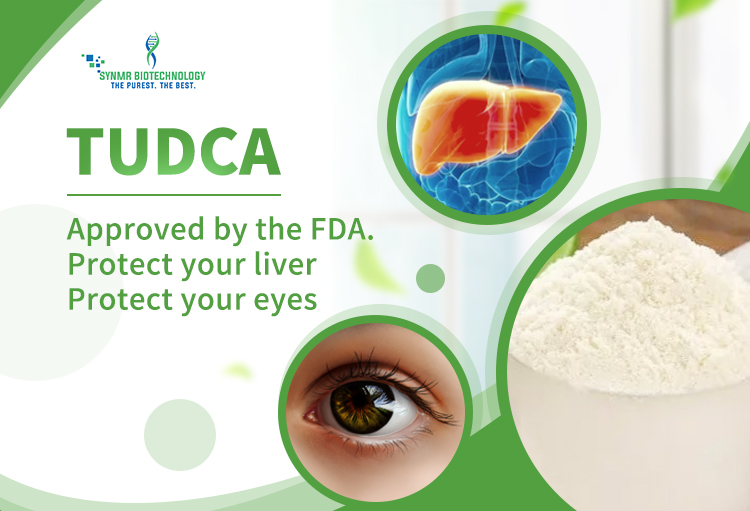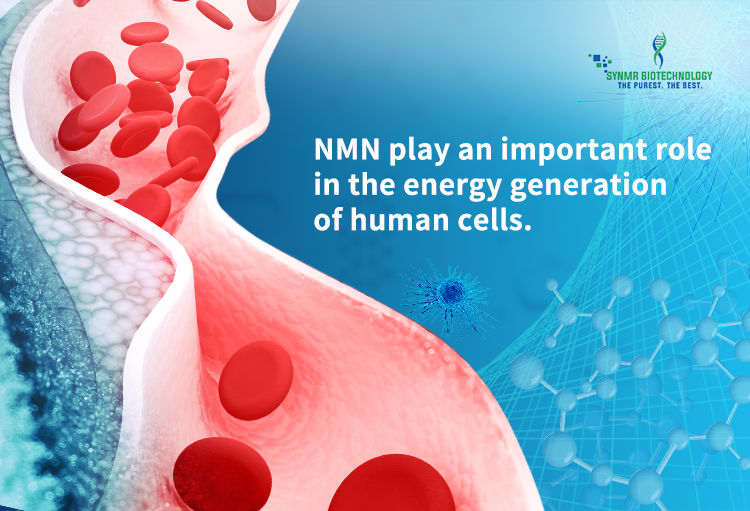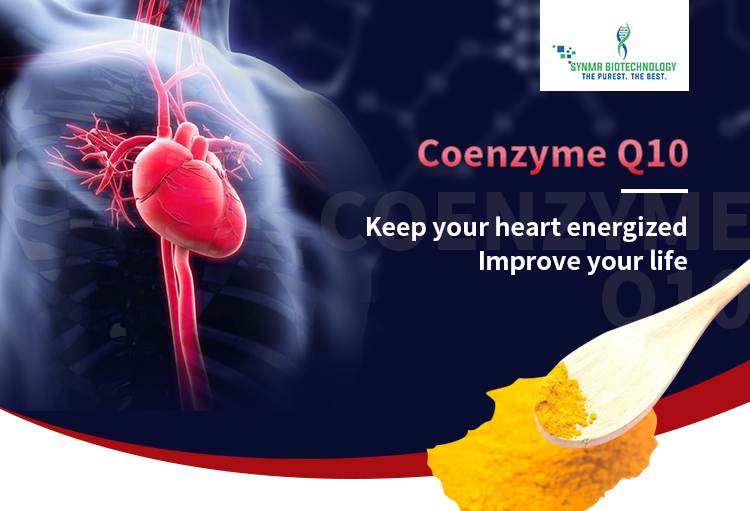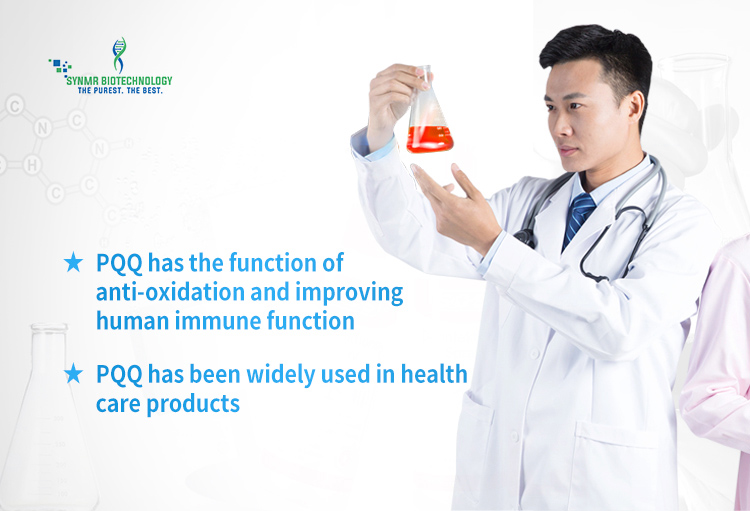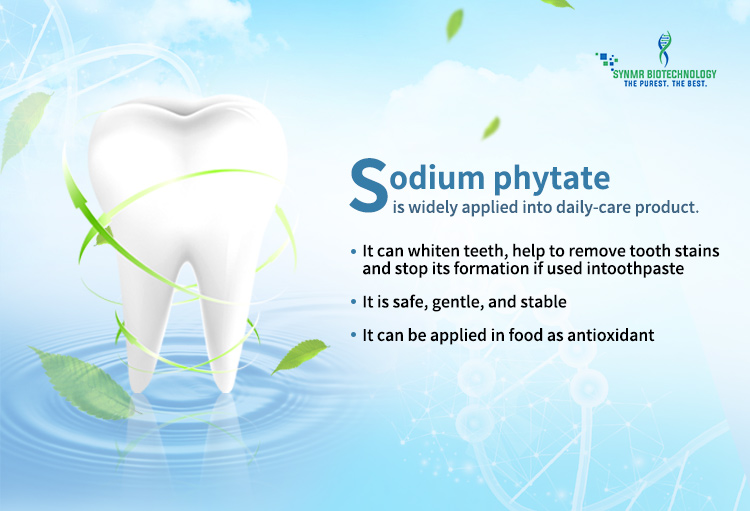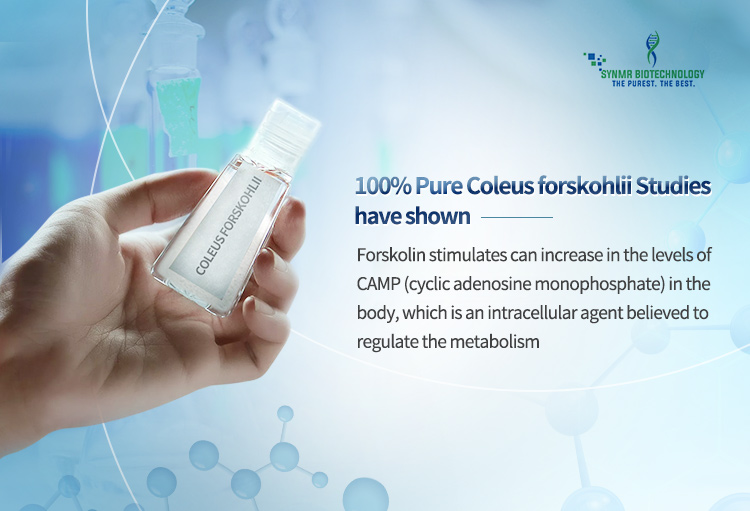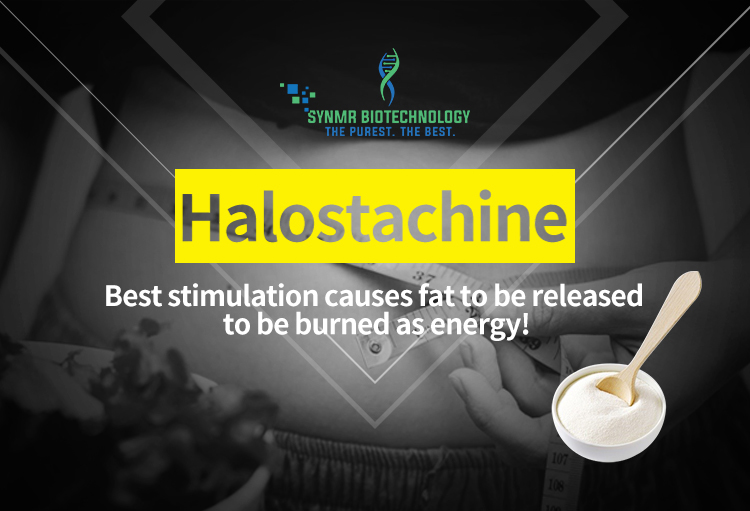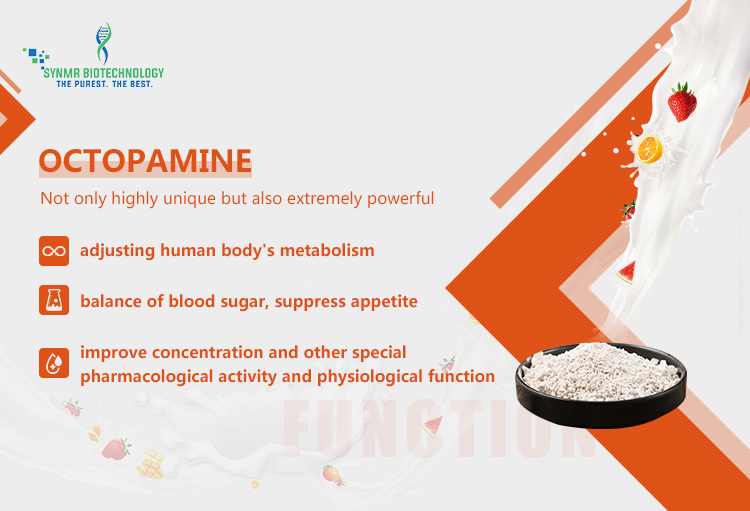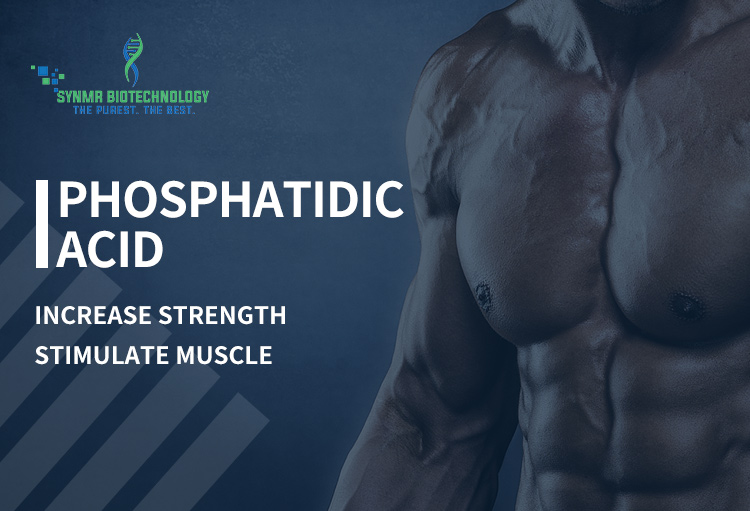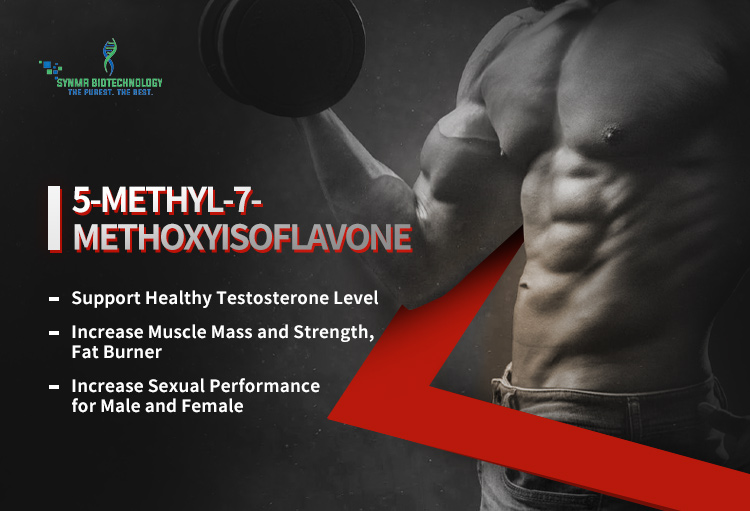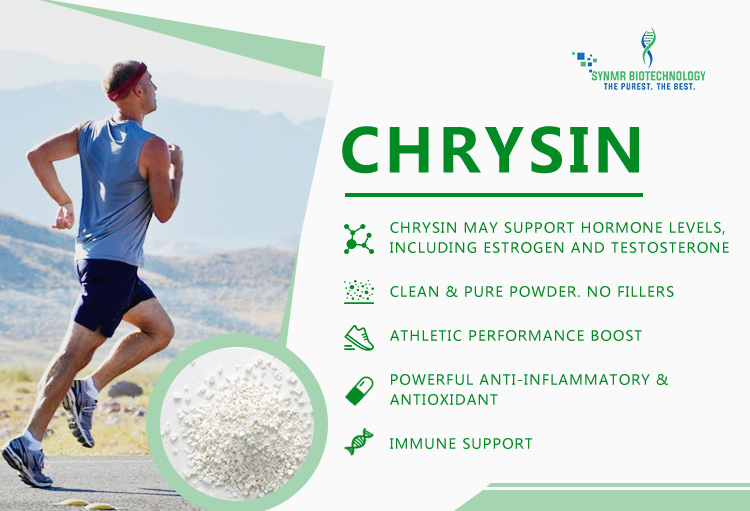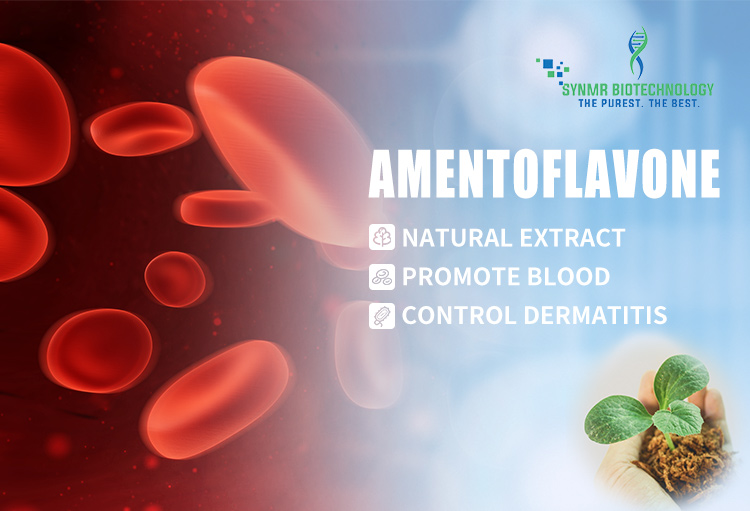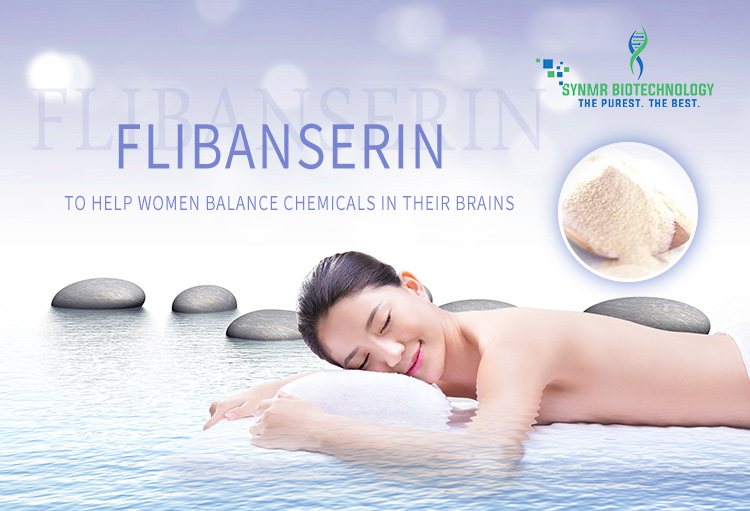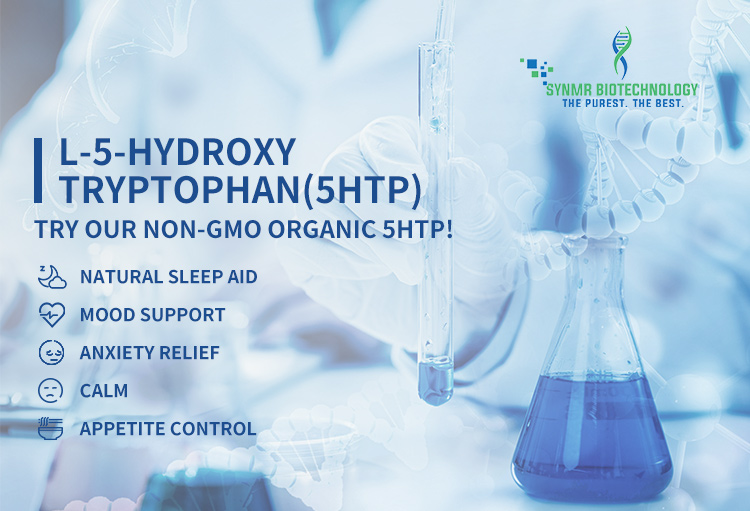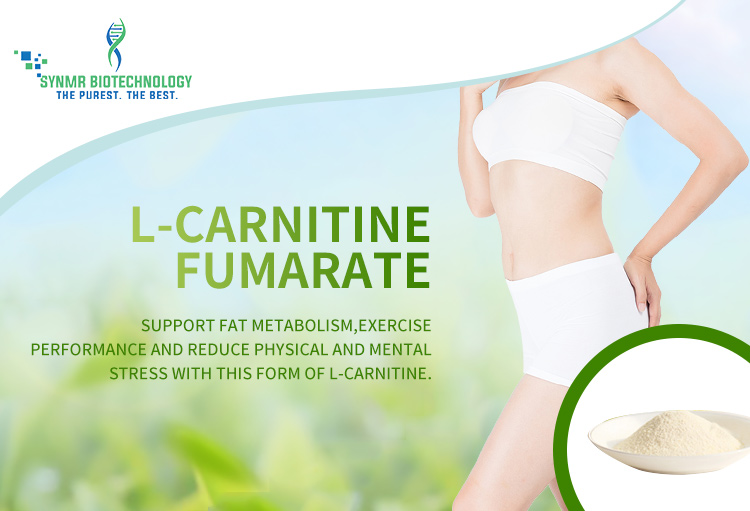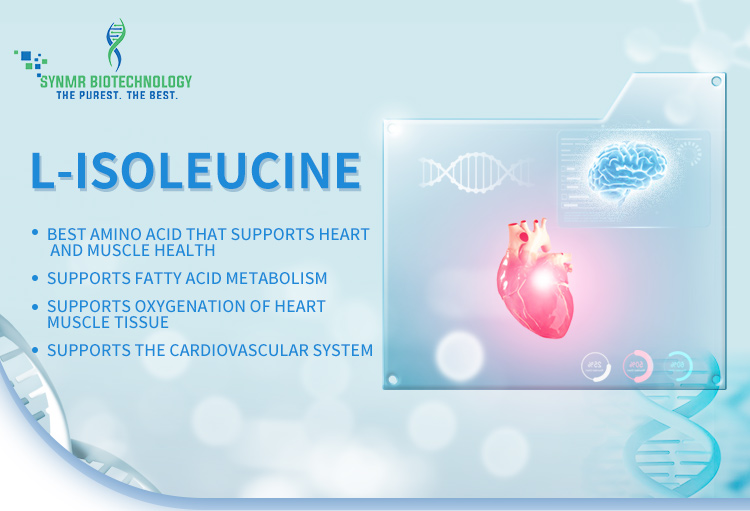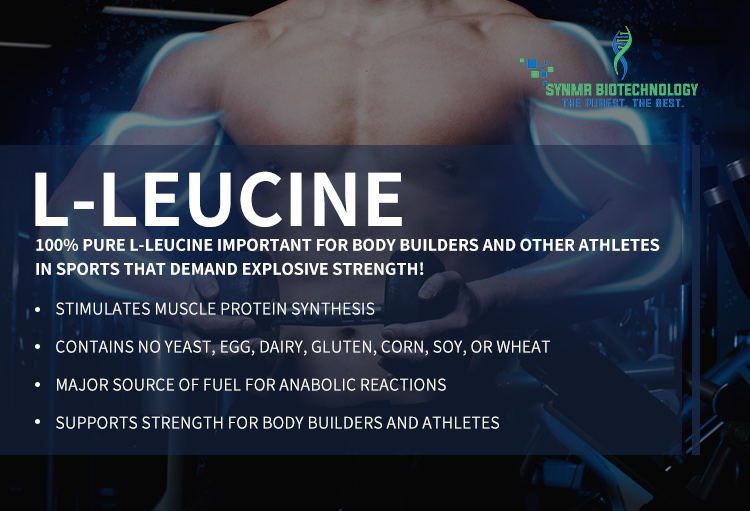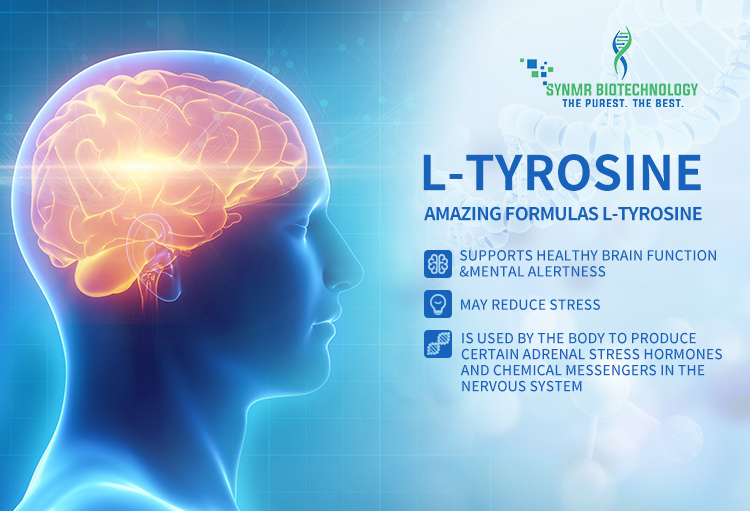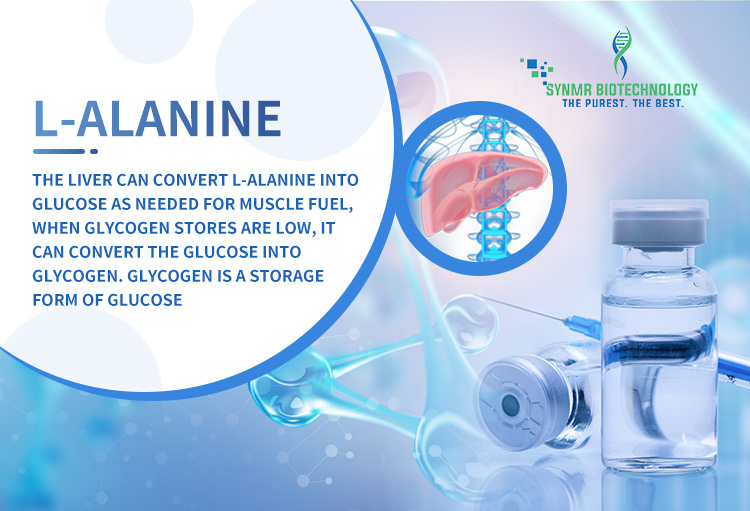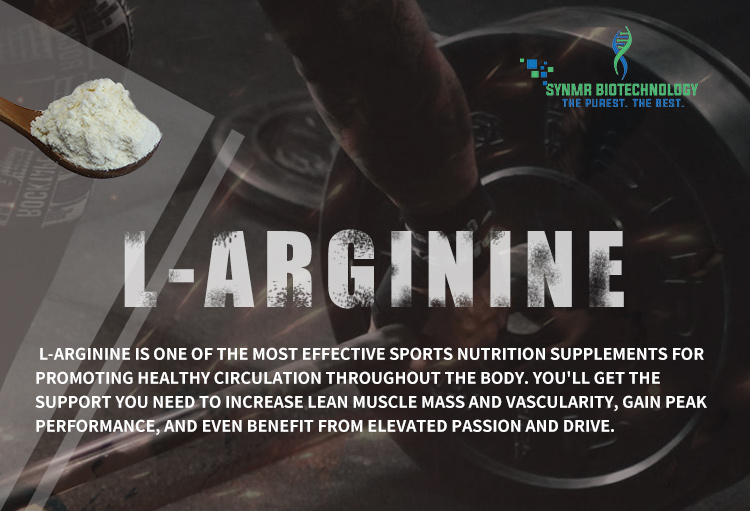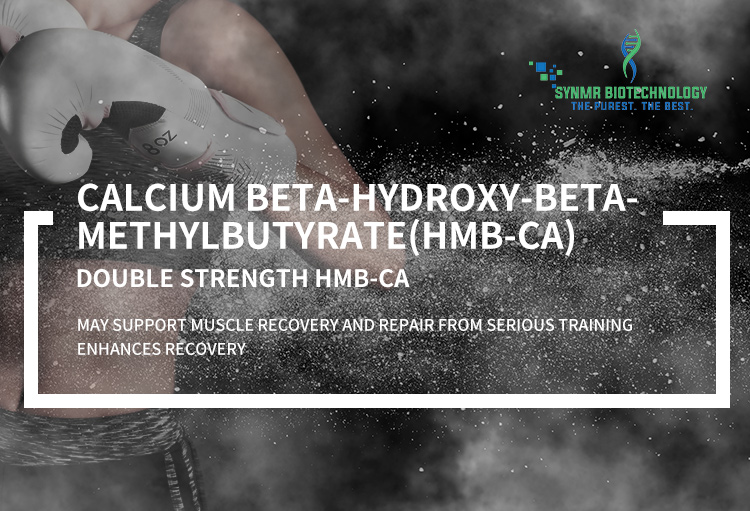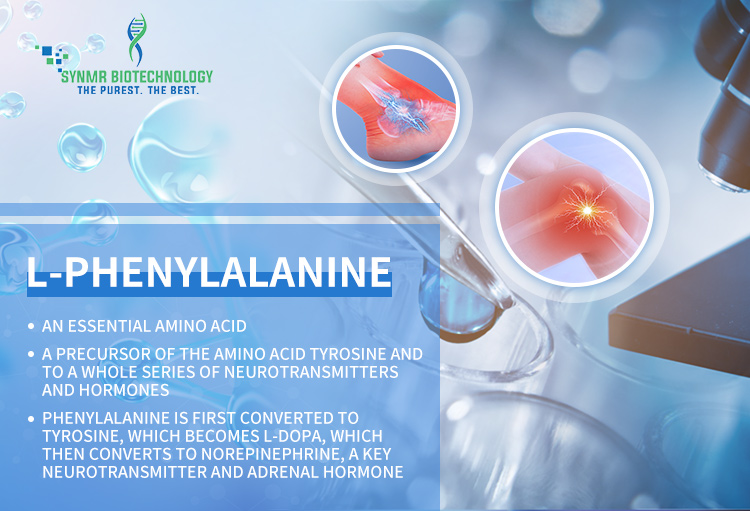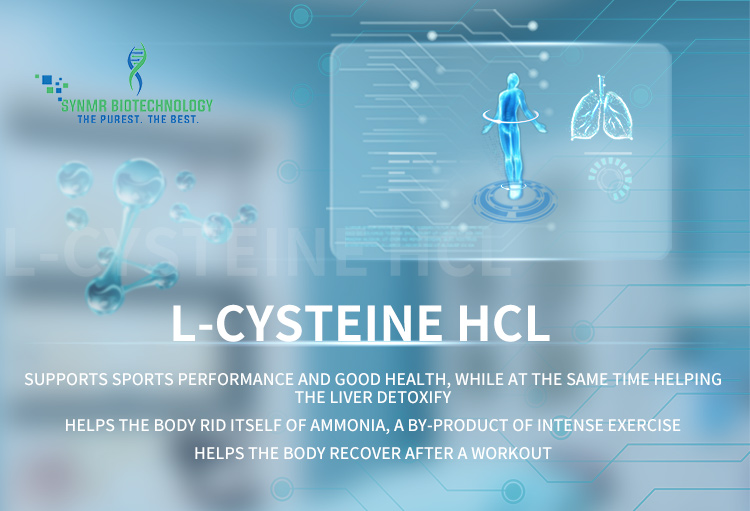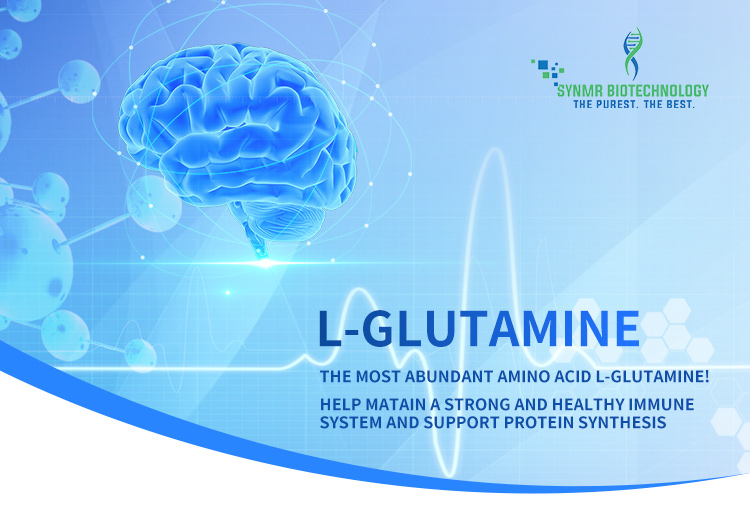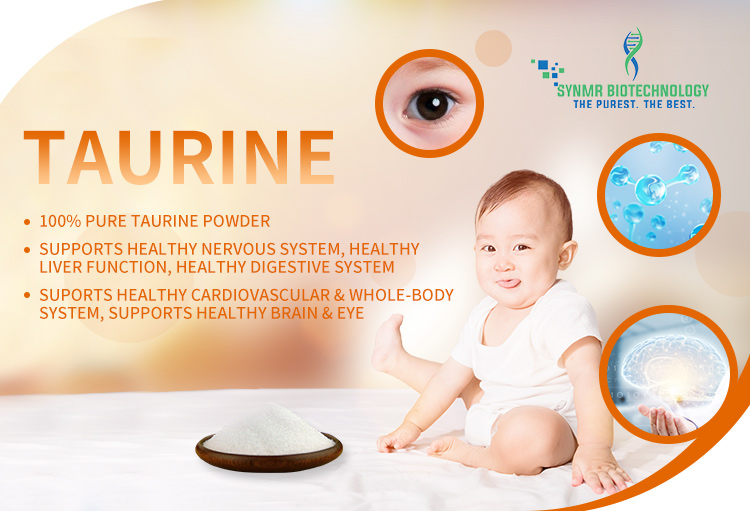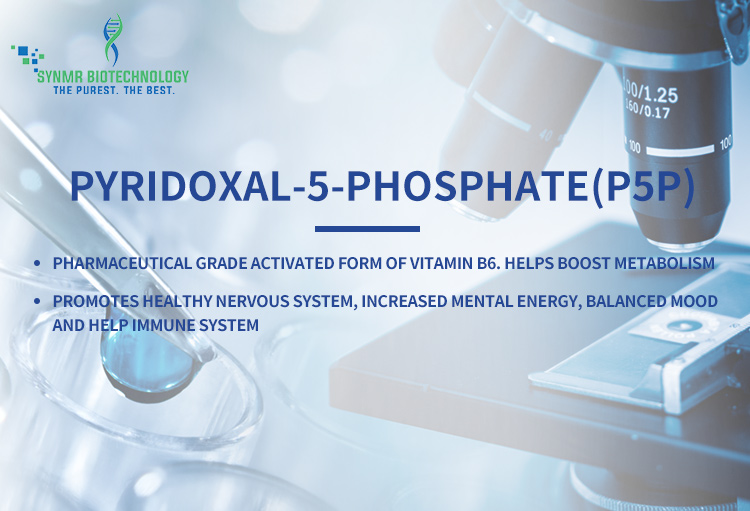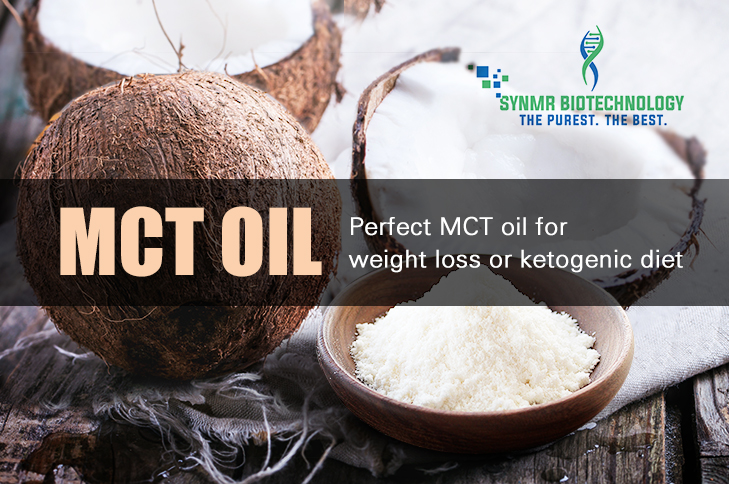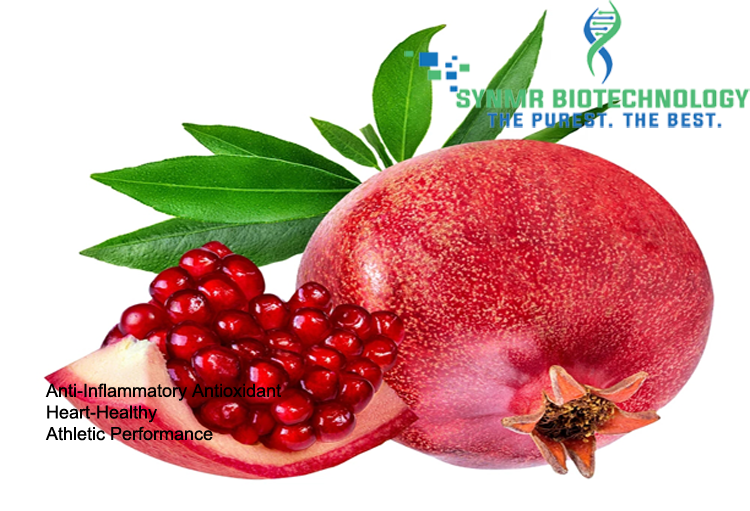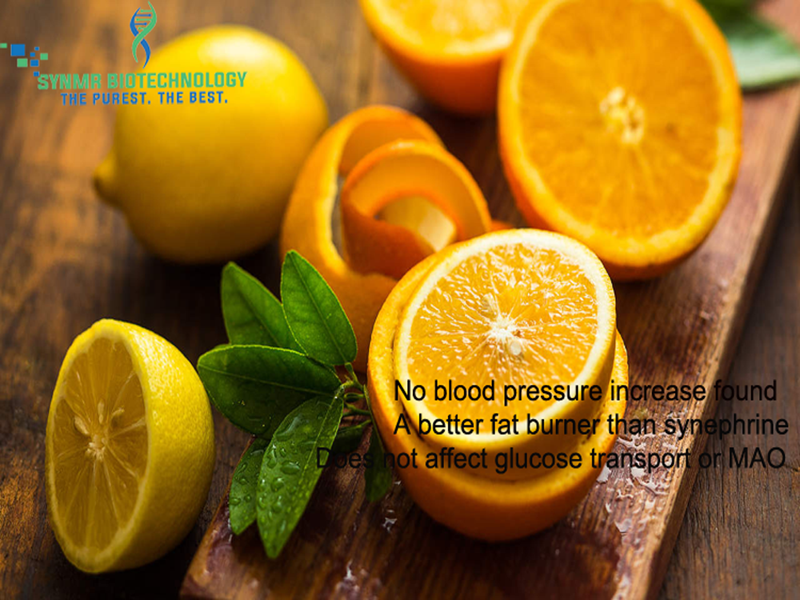What is What is S-Acetyl Glutathione?
S-Acetyl Glutathione is an absorbable form of glutathione. S-Acetyl Glutathione is typically very difficult to absorb in the digestive tract, and it is also typically very unstable on the shelf. Xymogen S-Acetyl Glutathione is a patent-pending, well-absorbed and more stable form than many other forms on the market. Laboratory data shows that S-acetyl glutathione increases intracellular glutathione. Glutathione is the body's major antioxidant and has a positive effect on many oxidative stress biomarkers.
Mechanism of Absorption:
S-Acetyl Glutathione, a lipid-like compound, is taken up intact by chylomicrons in the gut. The acetyl bond is placed on its thiol group or sulfur group, which prevents oxidation and allows the molecule to pass diffusively into the cell after absorption in the gut. The bond is then cleaved by non-specific enzymes inside the cell. Acetylation prevents the breakdown of glutathione, and S-Acetyl Glutathione does not require energy expenditure to be cleaved to reduced glutathione once it crosses the cell wall.
Antioxidant Activity:
Glutathione functions extensively in tissues and organs throughout the body. It plays critical roles in protecting the body from oxidative stress, maintaining cellular functions, and supporting healthy immune function.Many factors can increase cellular exposure to oxidative insult, and therefore increase cellular consumption of nutrients—such as glutathione—that provide antioxidant activity. This may result in a fierce cycle of oxidative stress and challenges to detoxification. Complete biotransformation and protection from oxidative stress are important to maintaining cellular integrity and tissue health.
Other Benefits of Maintaining Healthy Glutathione Levels:
Much information related to mitochondrial health has surfaced in the literature. Mitochondria, the energy-producing powerhouses of cells, are also the primary intracellular site of oxygen consumption and the major source of reactive oxygen species (ROS). S-Acetyl Glutathione has been shown to cross the membrane of the mitochondria, increasing the organelle’s activity and minimizing ROS. Reduction of ROS is associated with maintaining mitochondrial integrity and function, and improved mitochondrial health is believed to support overall health and energy.
S-Acetyl Glutathione has also been shown to decrease TNF-alpha, NF-kappa beta, and F-2 isoprostane. Additionally, there is mounting evidence that intracellular glutathione levels in antigen-presenting cells (e.g. macrophages) may influence the Th1/Th2 cytokine response pattern and promote a balanced immune reaction.


